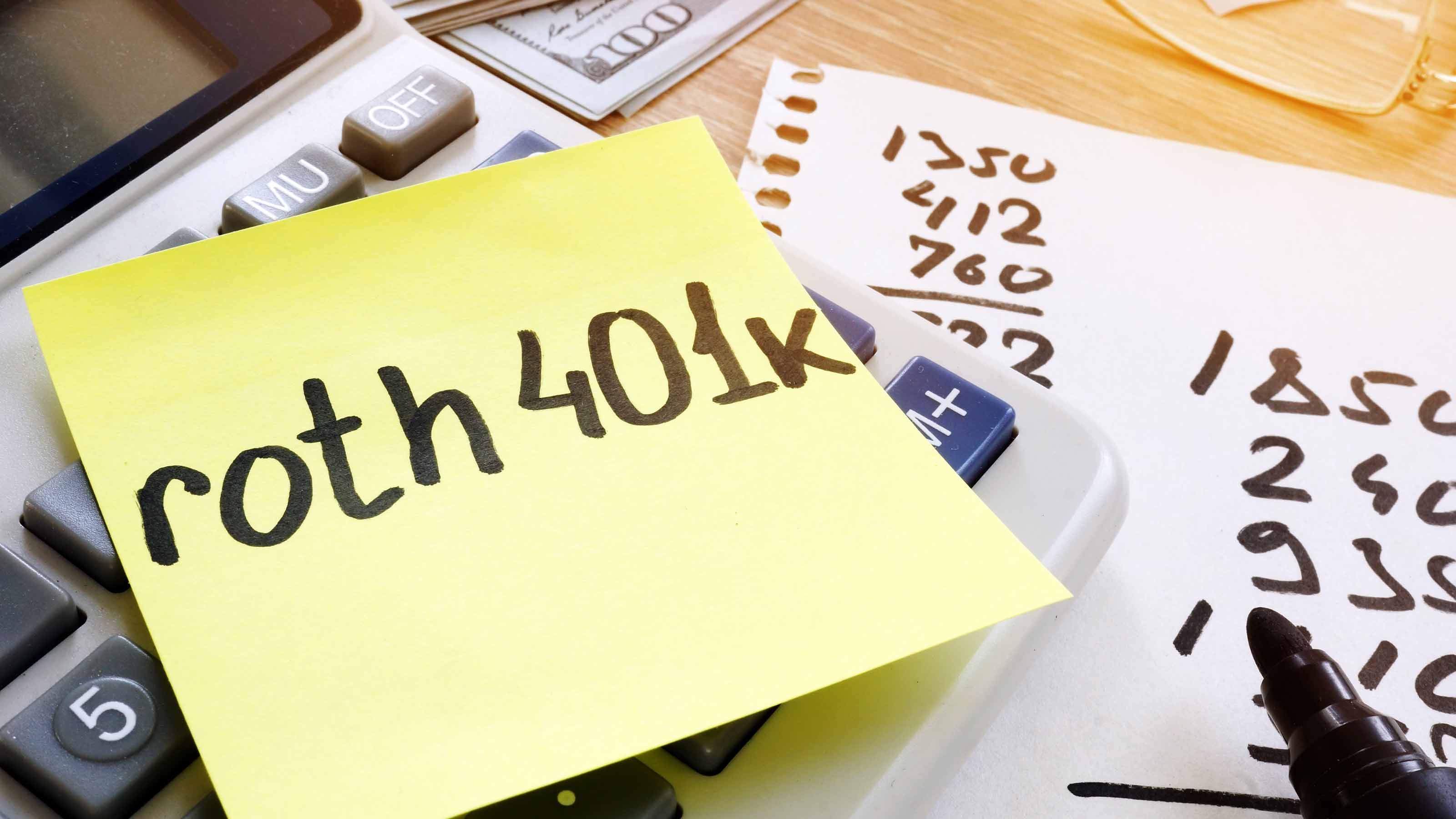5 Reasons That Dividends Matter
Here's a look at the benefits of investing in companies that share the wealth through the experience of household-products giant Procter & Gamble.

They're a big chunk of your profits
Although Standard & Poor's 500-stock index currently yields just 1.9%, dividends have historically accounted for 43% of the U.S. stock market's long-term return of nearly 10% annualized. And dividends tend to be more predictable than stock prices. P&G's current yield is 2.8%.
They can grow
With the overwhelming majority of bonds, the interest rate you see is the interest rate you'll get until the bond matures. By contrast, companies can boost their dividends. Over the past 25 years, the dividends paid out by companies in the S&P 500 have grown at a compounded rate of 3.2% per year. P&G, which has raised its payout 53 years in a row, is one of 43 so-called dividend aristocrats that have lifted their dividends for at least the past 25 consecutive years. Over that period, P&G's dividend has climbed an average of 10% a year.
They help protect earnings from the IRS
The current top federal tax rate on qualified dividends is 15% (if you're in the 10% and 15% brackets, you pay no tax on qualified dividends). However, unless Congress extends the Bush tax cuts that are due to expire this year, dividends could be taxed at the same rate as ordinary incomeÑas high as 39.6% -- starting in 2011.
From just $107.88 $24.99 for Kiplinger Personal Finance
Become a smarter, better informed investor. Subscribe from just $107.88 $24.99, plus get up to 4 Special Issues

Sign up for Kiplinger’s Free Newsletters
Profit and prosper with the best of expert advice on investing, taxes, retirement, personal finance and more - straight to your e-mail.
Profit and prosper with the best of expert advice - straight to your e-mail.
Dividend-paying stocks shimmy less
Dividend-paying stocks are usually less volatile than nonpayers. One way of measuring volatility is beta, which indicates how closely a stock tracks a particular index. A stock with a beta of 1 tends to follow the S&P 500 index closely. One with a beta of, say, 1.3 tends to jump up or down 30% more than the index; one with a beta of 0.9 tends to jump 10% less. Over the past five years, the average beta of dividend-paying U.S. stocks has been 0.98, while that of nonpayers has been 1.50. P&G's beta is 0.55.
The stocks stay afloat in rough markets
Dividend payers usually do better than nonpayers when the stock market tanks. In the catastrophic year of 2008, for instance, stocks that paid dividends lost an average of 39% on a total-return basis, while those of nonpayers tumbled 45.4%. The contrast was even starker in 2002, the stock market's second-worst year of the decade. That year, nonpayers plunged 30.3%, while dividend stocks surrendered only 10.9%. Including dividends, P&G shares lost a modest 15.8% in 2008 and actually earned 9.4% in 2002.
Profit and prosper with the best of Kiplinger's advice on investing, taxes, retirement, personal finance and much more. Delivered daily. Enter your email in the box and click Sign Me Up.

-
 I'm 73 and hate winter, but I can't afford to be a snowbird.
I'm 73 and hate winter, but I can't afford to be a snowbird.How can a snowbird wannabe warm up without the expense? We asked professional wealth planners for advice.
-
 5 Smart Things to Do With Your Year-End Bonus
5 Smart Things to Do With Your Year-End BonusAfter you indulge your urge to splurge on a treat, consider doing adult things with the extra cash, like paying down debt, but also setting up a "fun fund."
-
 Gen X Investors: Protect Your Portfolio From an AI Bubble
Gen X Investors: Protect Your Portfolio From an AI BubbleAmid talk of an AI bubble, what's the best course of action for investors in their 50s and 60s, whose retirement savings are at risk from major market declines?
-
 457 Plan Contribution Limits for 2026
457 Plan Contribution Limits for 2026Retirement plans There are higher 457 plan contribution limits in 2026. That's good news for state and local government employees.
-
 Medicare Basics: 12 Things You Need to Know
Medicare Basics: 12 Things You Need to KnowMedicare There's Medicare Part A, Part B, Part D, Medigap plans, Medicare Advantage plans and so on. We sort out the confusion about signing up for Medicare — and much more.
-
 The Seven Worst Assets to Leave Your Kids or Grandkids
The Seven Worst Assets to Leave Your Kids or Grandkidsinheritance Leaving these assets to your loved ones may be more trouble than it’s worth. Here's how to avoid adding to their grief after you're gone.
-
 SEP IRA Contribution Limits for 2026
SEP IRA Contribution Limits for 2026SEP IRA A good option for small business owners, SEP IRAs allow individual annual contributions of as much as $70,000 in 2025, and up to $72,000 in 2026.
-
 Roth IRA Contribution Limits for 2026
Roth IRA Contribution Limits for 2026Roth IRAs Roth IRAs allow you to save for retirement with after-tax dollars while you're working, and then withdraw those contributions and earnings tax-free when you retire. Here's a look at 2026 limits and income-based phaseouts.
-
 SIMPLE IRA Contribution Limits for 2026
SIMPLE IRA Contribution Limits for 2026simple IRA For 2026, the SIMPLE IRA contribution limit rises to $17,000, with a $4,000 catch-up for those 50 and over, totaling $21,000.
-
 457 Contribution Limits for 2024
457 Contribution Limits for 2024retirement plans State and local government workers can contribute more to their 457 plans in 2024 than in 2023.
-
 Roth 401(k) Contribution Limits for 2026
Roth 401(k) Contribution Limits for 2026retirement plans The Roth 401(k) contribution limit for 2026 has increased, and workers who are 50 and older can save even more.